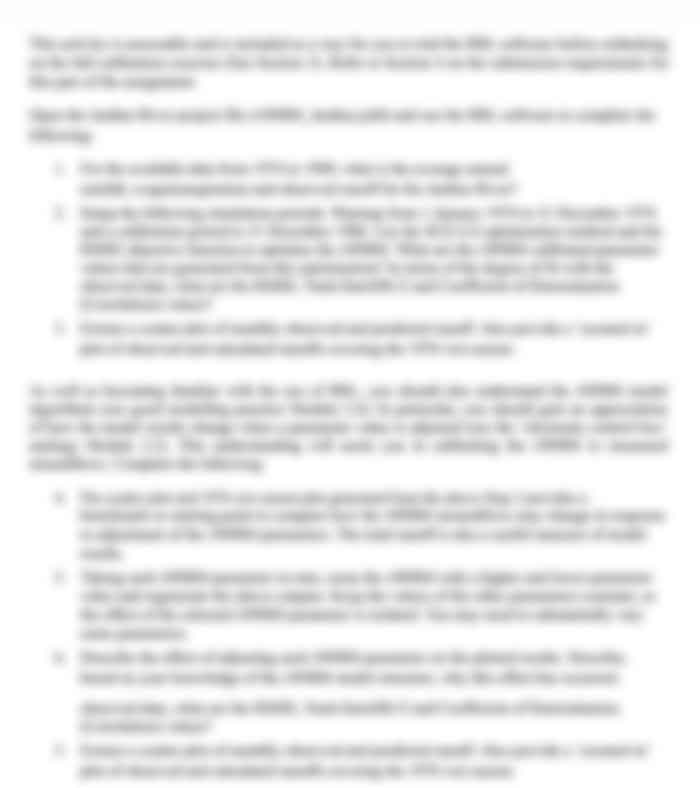CHCAOD001 Work in an alcohol and other drug context Assessment
- Subject Code :
CHCAOD001
Question 1
|
Objective To provide you with an opportunity to identify how to research, analyse and maintainup-to-dateknowledgeandawarenessofthesocial,political,economicandlegalcontextsofAOD. Longresponserequired. Assessment Tip: LGA information can be found in the additional learning resources forthisunit aswell asintheADF library |
|
|
a) According to the National Drug Strategy 2017-2026, how much money did alcohol and drug misuse cost Australian Society in 2004-2005? ThecosttoAustraliansocietyofalcoholandotherdrugusein200405wasestimatedat$55.2billion. b) Who makes policy decisions on drug and alcohol issues in your local LGA (local government area)? c) List and describe three (3) examples of legal initiatives relating to drug and alcohol work in Australia since 1985. d) List three (3) ways that you could use to research and keep up to date with your knowledge of AOD contexts. e) Describe three (3) ways in which changing social, political, economic, and legal contexts could impact on the work of a AOD Support Worker. |
|
Question 2
|
Objective ToprovideyouwithanopportunitytoidentifyhowtoresearchandanalyseimpactsofAODpolicyframeworksandrelevantlegislation onAODworkpractice. Mediumresponserequired. |
|
|
a) List and describe the three (3) main responsibilities of AOD work practice, as outlined by The National Drug Strategy 2017-2026. b) List and describe three (3) examples of the ethical requirements that a community organisation such as Lifeline would need to comply with when meeting AOD work practice guidelines. c) List the three (3) main areas of law (legal frameworks) that relate to AOD work. d) List three (3) different types of legislation that is specific to AOD (please use the full title of the legislation type e.g. Privacy Act 1988). e) How do these three different types of legislation relate to AOD practice? f) Select one (1) type of legislation from question C and describe the impact that this type of legislation has on AOD work practices. g) Explain what and how the term duty of care applies in the context of AOD work. h) Explain what and how the term informed consent applies in the context of AOD work. |
|
Question 3
|
Objective Toprovideyouwithanopportunitytoidentifyhowtoapplyunderstandingofthehistoricalandsocialconstructs ofAODandthechanges inAOD use. Longresponserequired. |
|
|
a) Which decade did Australias state and territory governments first start creating their own laws and regulations on drugs? Briefly describe the historical and social constructs that led to this. b) What three (3) areas did the first National Drug Strategy focus on in 1985, as a result of changes in alcohol and drug use? c) In no more than 500 words, summarise the trends in illicit drug use in Australia in recent years, according to the United Nations World Drug Report 2016. |
|
Question 4
|
Objective To provide you with an opportunity to identify how to facilitate information sharing witha client and establish an appropriate rapport; and identify and agree on the client andworkerroles, responsibilities, boundariesandprocessesofservicedelivery. Shortresponserequired. |
|
|
Rights and responsibilities differ throughout Australia and between community services organisations. In the context of an AOD workplace, e.g. Lifeline. a) List three (3) rights that an employee would have. b) List three (3) responsibilities that an employee would have to adhere to. c) List three (3) examples of how you could minimise the level of risk to yourself when working with clients affected by alcohol and/or other drugs. d) List three (3) methods that you could use to help establish a rapport with a new client. e) Why is it important to inform your client of your work role boundaries? f) What are the recommended steps for best practice when facilitating information sharing with a client? g) List three (3) documentation and record keeping requirements that you would need to adhere to when working in an AOD context. h) What privacy, confidentiality and disclosure requirements must you adhere to when working in an AOD context? |
|
Question 5
|
Objective Toprovideyouwithanopportunitytoidentify,reviewandapplyinformationaboutevidence-basedmodelsandframeworks ofAODwork. Mediumresponserequired. |
|
|
a) Describe two (2) ways that you could identify and review evidence-based models and frameworks that could be used in AOD work. b) List two (2) examples of evidence-based models or frameworks that relate to AOD work c) Briefly explain in no more than 200 words, how these models and/or frameworks can be applied to treat a client with AOD issues. |
|
Question 6
|
Objective ToprovideyouwithanopportunitytoidentifyhowtoassessAODpracticevaluesandprinciplestoensuresupport andinterventionsare person-centred. Mediumresponserequired. |
|
|
a) List three (3) examples of the aspects of a person (or their history) that you would need to take into account when using a holistic or client-centred approach, in order to ensure that the support and interventions are appropriate. b) List three (3) examples of organisational values that you would need to adhere to working as a AOD Support Worker. c) List three (3) examples of client values that you would need to consider when determining interventions and supports for a client. d) Briefly describe three (3) services, prevention techniques, and intervention strategies that you could use to help clients. e) What is the Ottawa Charter and how does it apply in the context of AOD work. f) Explain the difference between empowerment and disempowerment. g) What are the 5 domains of recovery oriented practice? |
|
Question 7
|
Objective Toprovideyouwithanopportunitytodescribehowtoapplyaharmminimisationapproachtomaximisesupport for theAODclient. Shortresponserequired. |
|
|
a) Explain the philosophy of harm minimisation in AOD work. b) Outline the three (3) main aims of this approach, according to the NCETA website. |
|
Question 8
|
Objective Toprovideyouwithanopportunitytoidentifyhowtosupporttheclientsrightsand safety,includingaccessandequityofservices. Shortresponserequired. |
|
|
a) Explain how you could support a clients rights as well as the access and equity of services by taking a non-discriminatory approach. b) List three (3) types of discrimination that may occur in an AOD context. |
|
Question 9
|
Objective To provide you with an opportunity to identify how to reflect on personal values andattitudes regarding AOD use and acknowledge their potential impact when working inAODcontexts. Shortresponserequiredforeachquestion. |
|
|
a) List three (3) ways that your own attitudes to working with people affected by AOD can impact on the way you carry out the role of a AOD Support Worker. b) List three (3) reasons why it is important to regularly reflect on your own personal values and attitudes regarding AOD use. |
|
Question 10
|
Objective ToprovideyouwithanopportunitytodemonstrateyourunderstandingofcommonAODtreatmentpractices. Shortresponserequired foreachmodel. |
|
|
a) Briefly outline the following models associated with AOD treatment practices: Moral model Disease model Psychodynamic model Social learning model Social-cultural model Public health model, including systems approach |
|
Question 11
|
Objective ToprovideyouwithanopportunitytodemonstrateyourknowledgeofAODcharacteristics. Shortresponserequired. |
|
|
a) List three (3) examples of specific contexts in AOD work and describe two characteristics for each. |
|
Question 12
|
Objective Toprovideyouwithanopportunitytodemonstrateyourknowledgeofdrugfundamentals. Shortresponserequiredforeachquestion. |
|
|
a) List three (3) different drug categories and their primary properties and harms. b) List five (5) different types of drugs and explain how each one is administered and the associated influence that they can have on a person. c) Explain the patterns and prevalence of drug use for each of the following: Experimental Recreational/social Situational Dependence d) What is poly drug use? e) List three (3) common drug interactions and effects of prescribed drugs when also using recreational drugs. f) Describe the signs, symptoms and stages of drug withdrawal. g) List three (3) benefits of a drug withdrawal program. h) Explain how you could apply your knowledge on the above when identifying the needs of a client. |
|
Question 13
|
Objective ToprovideyouwithanopportunitytodemonstrateyourknowledgeofhowtoapplyyourunderstandingofbroadandspecificAODcontexts toAODwork practice. Shortresponserequired. |
|
|
a) List three (3) examples of current AOD issues that influence AOD work practice. b) Describe three (3) specific AOD contexts where drug and alcohol reduction techniques could be implemented. |
|

